As indoor cycling becomes more ‘fun’, I want it to stay boring.
The popularity of Zwift’s virtual worlds suggests I’m in the minority. And (to my chagrin) it may well be, as Simon von Bromley argues, that gamification is the future of indoor cycling.
It is good that indoor cycling no longer means slogging away on the rollers with only a thudding techno beat to distract you from supra-threshold purgatory.
But what’s fun is not always good for fitness.
I’ll explain why I hope training-focused alternatives remain to increasingly gamified, ‘realistic’ indoor cycling.
The gamification of indoor cycling is futile
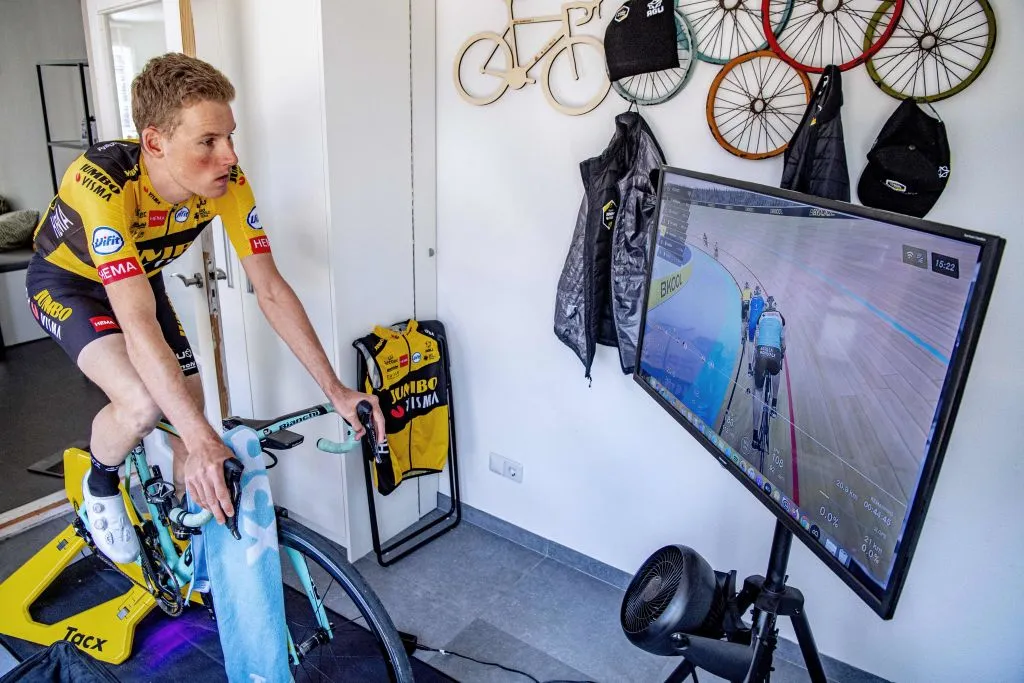
The attempts of clever software designers to make indoor cycling apps more engaging and lifelike are wasted on me.
And not for lack of trying on my part. I’ve done Zwift racing, explored RGT Cycling’s virtual worlds and grovelled through simulations of WorldTour races on Wahoo SYSTM.
But when I jump on my smart trainer, I’m not looking to replicate the reality of riding on the road or trail.
I’m avoiding real-world variables that make producing steady power difficult outside.
I don’t want to steer past other virtual cyclists or ride through virtual worlds as if I’m an animated character in a budget noughties computer game.
I just want to train in a structured and effective way.
So, after all that experimentation, I’ve settled on the exceedingly spartan TrainerRoad.
Structured workouts and adaptive training plans are all TrainerRoad does (plenty of human coaches are sceptical about the efficacy of its ‘AI-coaching’ but that’s a topic for another time).
Gimmicks such as virtual worlds, tron bikes, power-ups and special jerseys are cast aside.
If using TrainerRoad resembles any reality, it’s the grey, grainy footage from an old East German propaganda film showing young hopefuls spinning on rollers, staring at the gymnasium wall.
Because I think the platform is far more effective for training than its competitors, I can abide its lack of stimulation – the end justifies the means.
Back from reality
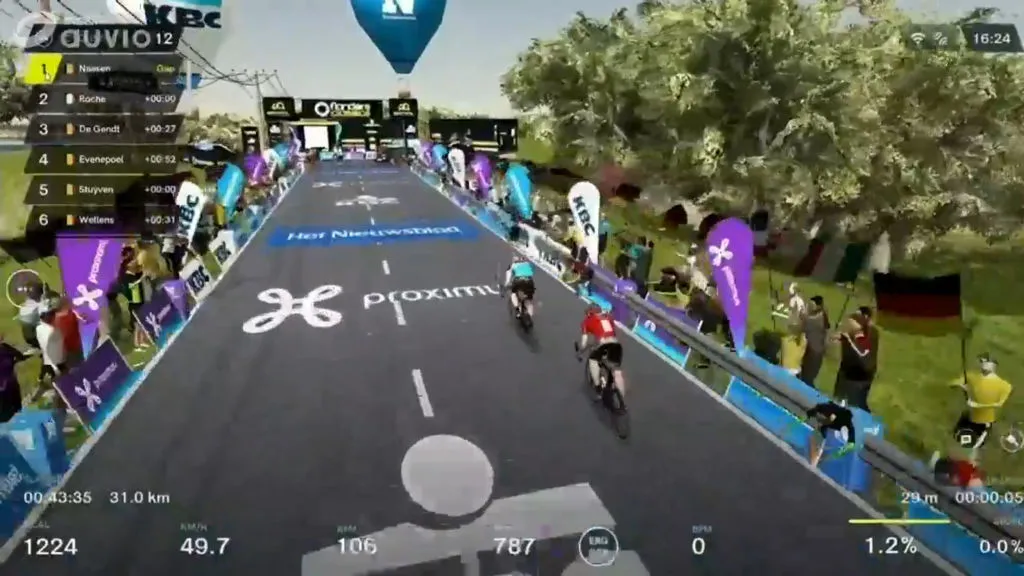
In my experience, many features designed to make apps more lifelike undermine the benefits of indoor cycling.
Now, you may be better disciplined than me.
But when I ride up behind another cyclist on the open road, I struggle to resist the urge to increase my effort. Hills have the same effect on me.
While base training, surges above zone 2 of your training zones are what you’re trying to avoid.
To do so, I try to rein in my competitiveness and avoid undulating terrain on my outdoor aerobic development rides. Or I turn to the even more controlled environment of my pain cave.
So the presence of other riders’ avatars and climbs on the likes of Zwift are exactly what I’m trying to avoid while working on my cycling endurance.
You can of course do structured workouts on Zwift. But the banner above your avatar’s head that signals you’re doing one suggests you're an outlier.
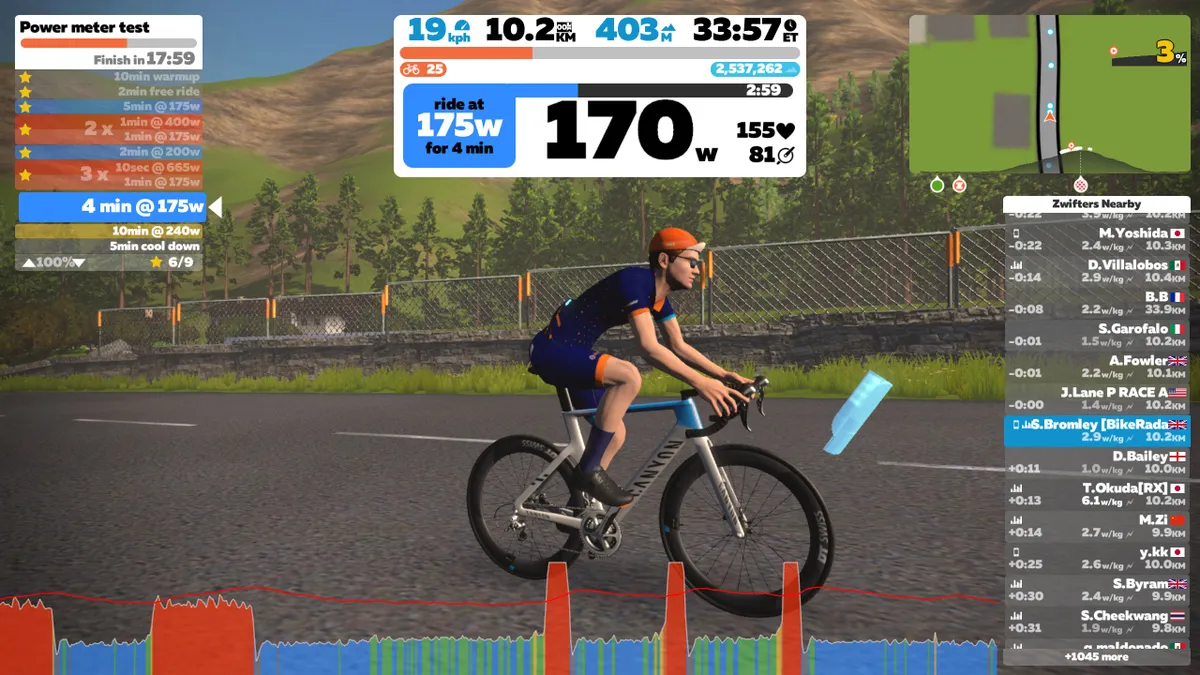
Many more Zwifters are doing unstructured ‘free rides’. Or, what you could call riding around aimlessly without achieving any physiological goals, such as improving VO2 max.
Whereas on TrainerRoad, I tap away at the prescribed power output, turning my heartbeat up with only the drip of my own sweat and a Northern Soul playlist to distract me.
Without the temptation to chase after other avatars, I don’t spend too long in the dreaded physiological ‘grey zone’ of zone 3.
This moderate intensity level is fatiguing relative to its fitness benefit. So, excessive tempo riding is a common cause of indoor training burnout and possibly overtraining.
Real riding can be boring too

In Jenny Graham’s account of her record-breaking round-the-world ride, Coffee First, Then the World, she describes taking on the Eyre Highway.
Nicknamed the ‘90-mile straight’ for good reason, the road runs for 145.6km in a straight line between Western and Southern Australia across the tree-less Nullarbor Plain.
Sounds pretty dull, doesn’t it?
Well, in preparation, Graham rode on a turbo trainer with a map of Nullarbor hanging in front of her to visualise “ticking off the kilometres”.
She geed herself up for the mind-numbing crossing by telling herself: “Nothing will ever be as monotonous as riding a stationary bike while staring at a brick wall.”

This is an extreme example. But those of us not planning to circumnavigate the globe by bike in 124 days can still learn from it.
Any sustained effort on the bike can become boring. The mind can wander during time trials and audaxes alike.
To develop a mental strategy, nothing beats doing the real thing.
But I find relatively monotonous indoor cycling good preparation for the duller moments of a long ride.
In this scenario, I divide the daunting, remaining distance or time into chunks to make it seem more manageable.
I use the same strategy to break down a prolonged block of endurance riding on my smart trainer.
I’m a loner who loves solo riding. If you’re not though, unsociable indoor cycling apps more closely replicate the loneliness of the long-distance cyclist.
More tuned in

At the more explosive end of the sport, hill climb racing demands intense concentration to maintain steady power when lungs and legs are stinging.
My minimalist approach to indoor cycling has helped me hone this requisite focus and attuned me to how hard an effort feels.
Looking out for hazards and taking in the surroundings on the road distracts you from your exertion.
This is true to a lesser extent in a virtual cycling world, where the virtual landscapes and gamification gimmicks are also distracting.
This is good when you want the time to seem to pass faster, but it's less advantageous if you want to pay keen attention to the relationship between power and heart rate and rating of perceived exertion.
Doing high-intensity interval workouts on a pared-back indoor training platform has improved my pacing.
I have a better idea of what, for example, 450 watts feels like – in the oxygen-starved, tunnel vision of a hill climb you can’t always read your power meter.
Less paraphernalia, fewer excuses
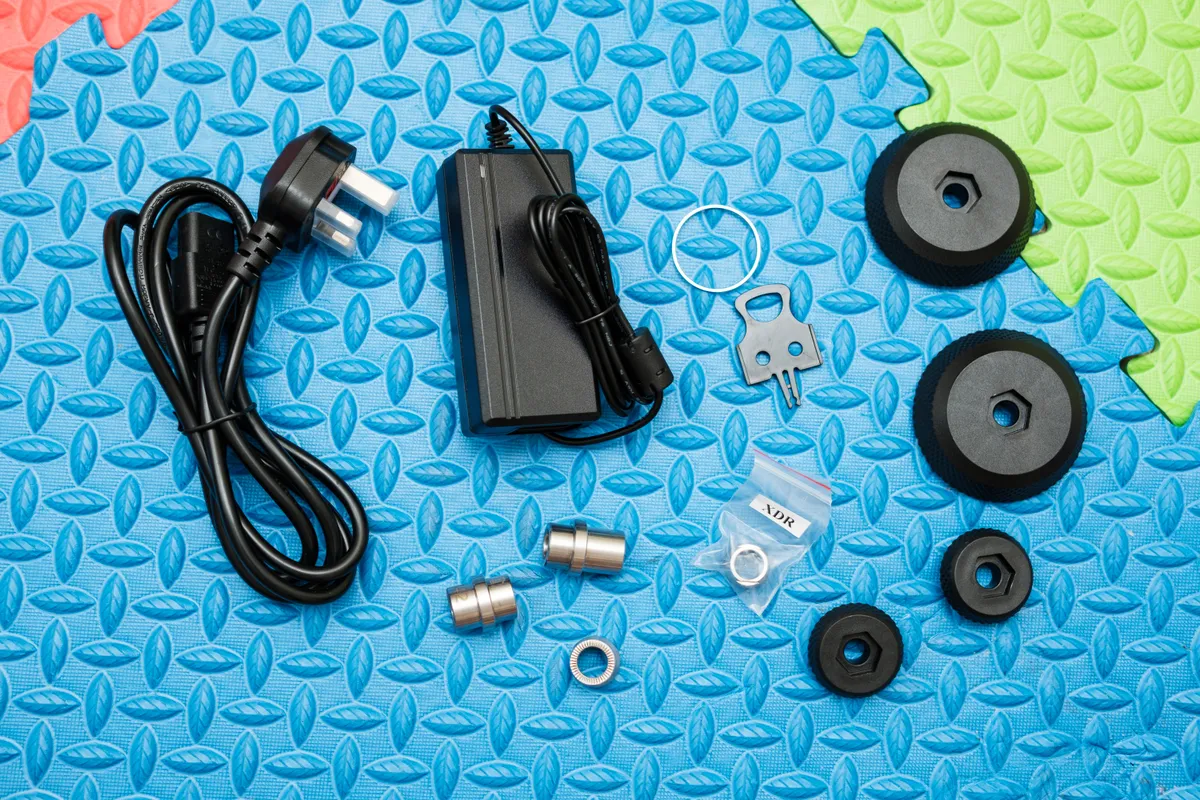
Getting layered-up for winter cycling takes longer and can reinforce the mental barrier to heading out into the cold, wet and dark.
Jumping on the turbo trainer can require a lot less motivation – as long as your setup is simple.
Call me a technophobe, but I hate the hassle of connecting an electronics shop’s worth of devices to my Wahoo Kickr Core. All I need for indoor training is my phone and heart rate monitor.
It’s not worth projecting TrainerRoad’s blue interval blocks onto a laptop or TV screen.
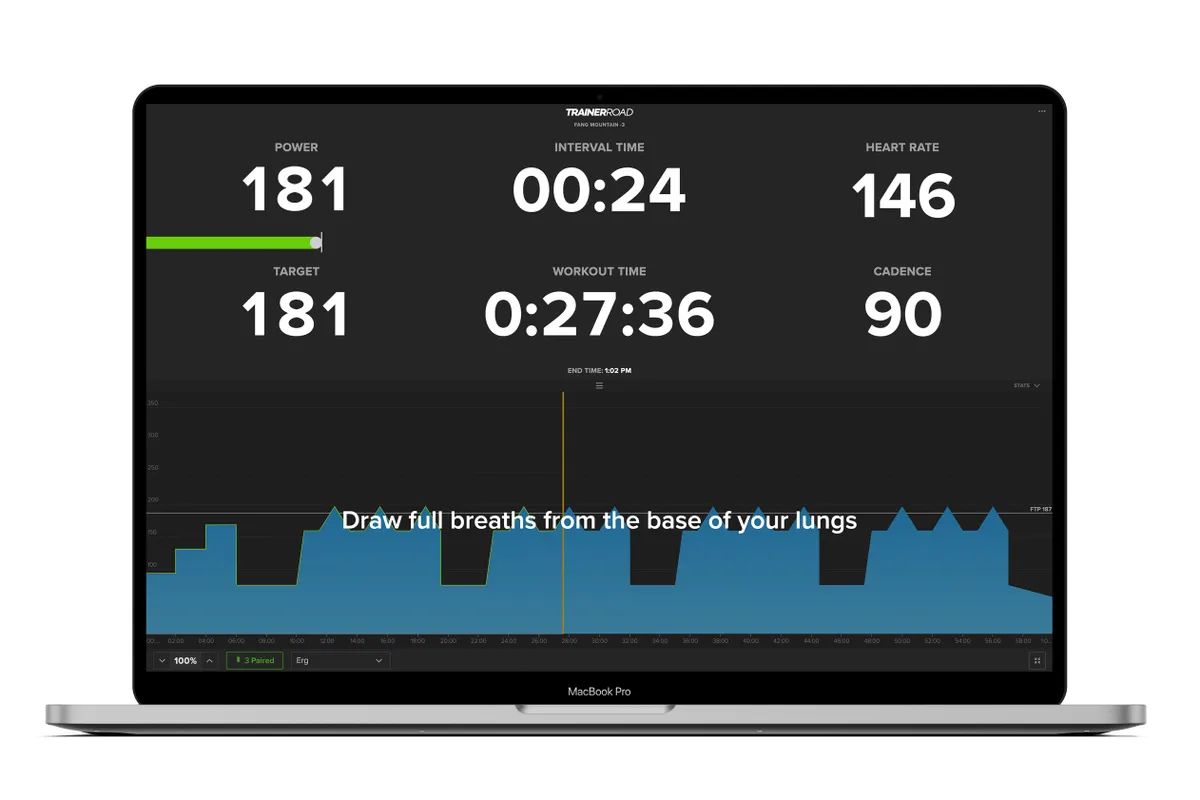
My view through the windows onto my street is more engaging than the aforementioned east German gym wall.
I don’t need a keyboard, headset or handlebar-mounted controller to speak to strangers sweating in solidarity in different time zones.
I don't need to mess about with a riser block, steering or rocking device to mimic ‘real’ riding. I’ll just go outside for that.
Some turbo training accessories, such as a trainer table, are useful. But so many diminish the convenience of indoor cycling: one of its principal attractions.
Be careful what you wish for

I already think, and believe more people will soon do, that gamification is adding excessive complexity to indoor cycling.
The possibility to do sustained, uninterrupted efforts will be lost as ‘fun’ features become unwanted distractions. This will lead those who train indoors to get fitter back to simpler forms of indoor cycling.
Arguing in favour of gamified indoor cycling, Simon asks: how many of us would choose boredom over fun?
Well, I would. Boring indoor training makes me fitter, faster and cycling in the real world a lot more fun.
